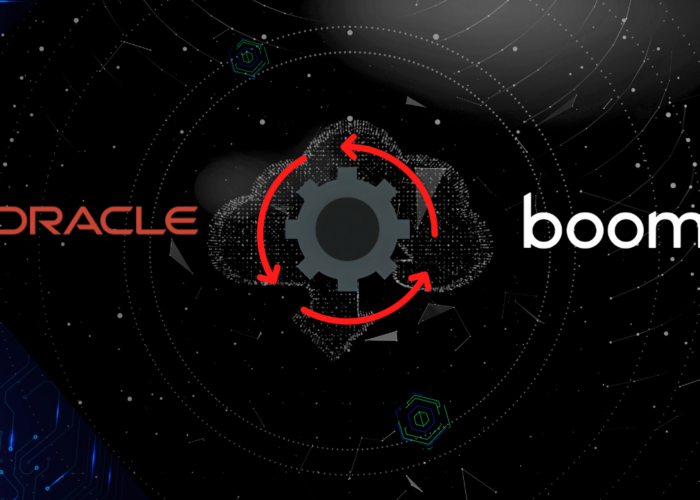Big Data and the possibility that gives to companies to collect large amounts of information has made a change in our IT needs. Data can help us to make decisions within our company, but how can we deal with all of the information produced? Smart Analytics enables us to analyze in an efficient way large amounts of information. This way it’s possible for us to benefit from all the information that we wouldn’t be able to analyze with traditional methods.
– Big Data: The Big Opportunity for the Digital Era –
Smart Analytics, the Smart Way to Make Decisions
The biggest benefit of Smart Analytics is the accuracy of the information we have to make a decision. Thanks to technological advances such as IoT or Big Data, we now have up-to-date and accurate information on different aspects that affect our business. The goal of Smart Analytics is to know how to read all that data to help us make smart decisions.
Information has always been a decisive factor in decision making. Accurate information differentiates a right decision from a wrong one. As mentioned above, nowadays we have at our disposal a massive volume of information, and knowing how to properly take advantage of all that data will enable us to gain a significant competitive advantage.
It is at this point that the smart analysis of information that enables us to make decisions effectively and rapidly comes into play. Below we will discuss six benefits of Smart Analytics:
Analysis and monitoring for places where humans cannot go
Society is faced with volumes of data that are impossible to analyze using traditional methods. According to scientists of the University of San Diego, it is expected that by 2024 company servers will process every year an amount of information equivalent to a column of books –filled with analogic information– that reaches Alpha Centauri, the closest constellation to the Solar System. This is an enormous quantity of information to collect and analyze. However, the latest advances in analytics enable companies to analyze that quantity of data in milliseconds.
Action and immediate reaction
Analysis programs are capable of detecting even the slightest change and elicit an immediate response. Real-time data analysis allows to relate events, detect patterns, and generate responses. This way of analyzing allows for the detection of temporary information, which would have been impossible through traditional analysis, since the information would have “expired.” In this regard, a good practical example would be the Experian credit company, which thanks to the use of Smart Analytics are capable of offering their clients custom-tailored solutions for a specific moment.
“Real-time data analysis allows to relate events, detect patterns, and generate responses.”
Decision making in complex scenarios
Traditionally, decisions were taken based on intuition and experience; however, the capability of smartly analyzing extraordinary volumes of data has introduced a new variable to the equation. Analysis enables us to separate valuable information from noise in order to find, in record time, responses or solutions that could not be found in plain sight. Smart Analytics enables us to face situations as complex as those in which a high number of variables are in play.
For example, Coca Cola’s “Black Book” algorithm is capable of understanding the 600 factors that intervene in the flavor of an orange, being capable of analyzing acidity, sweetness, meteorological patterns, tree productivity, and calculate how to consistently offer an identical flavor, independently from the big differences between fruit shipments.
New products or services
In addition, Smart Analytics encourages the emergence of new products or services that would otherwise be impossible. Smart data analysis offers us new, previously unknown solutions and experiences.
Localization and contextualization of data in order to create a better user experience
On the other hand, the new horizon for companies is personalization. In this case, companies such as Amazon or the aforementioned Target are true masters in the field. Another iconic case is that of West, a platform that connects companies in order to offer various services and solutions. West’s challenge lay in the need to build a system of interaction with their over 300 million users spread around the world. This system is capable of delivering a smart reply to all users, independently from the location where they are, or the communication channel chosen, whether it is, for example, a phone call or an SMS. This platform is monitored, and therefore, a significant amount of valuable data is analyzed and extracted, which generates countless opportunities.
Analysis of the past, present and future
Modern analysis methods are not limited to the past and present, but they are also aimed at the future. A smart analysis of all the information collected in the past may be useful to even predict the future. A good example in this regard would be the CVS Health company, which has developed a system that predicts which employee would be a better fit for each client in order to get a better reaction from him. The analysis of data generated by this system reveals that this smart way to pair employees with clients has boosted by 30% their customer retention rate.
In summary, the adoption of Smart Analytics by companies offers them efficiency, accuracy and speed in decision making. Moreover, a smart analysis of data encourages the emergence of new business opportunities, reducing the human component that may negatively affect decision making.







